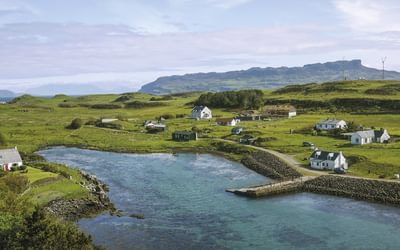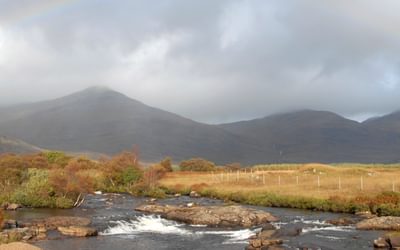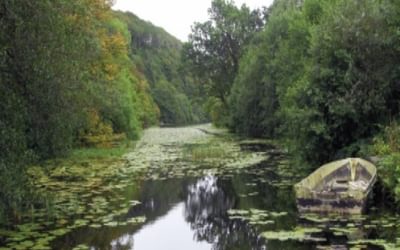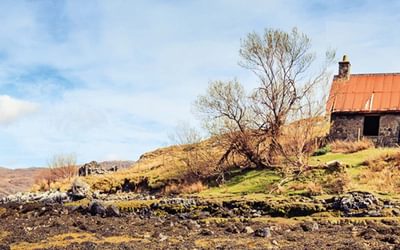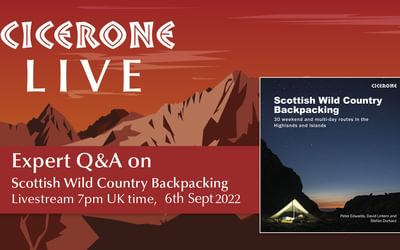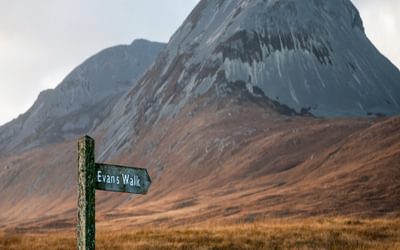The Best Time To Visit The Hebrides
When is the best time of year to go to The Hebrides? Peter Edwards, author of the Cicerone Press guidebook to The Hebrides, explains that each season offers its own special reasons to visit this incredible island group.
The Hebrides
50 Walking and Backpacking Routes
£18.95
SALE
£13.27
Inspirational guidebook to 50 varied walking and backpacking routes in the Hebrides, featuring classics such as the Skye Cuillin and the Paps of Jura, but also many lesser-known routes on Jura, Scarba, Islay, Colonsay, Rum, Eigg, Canna, Muck, Coll, Tiree, Mull, Skye, Raasay, Harris, Lewis, Berneray, North Uist, South Uist, Barra and St Kilda.
More informationThe Hebrides are full of adventure all year round, as long as you're well prepared. Find out more about the weather, general conditions and more below.
What is the weather like in the Hebrides?
The Hebridean weather brings its own challenges. Storms battering in off the Atlantic, driving horizontal rain and buffeting winds can make coast and hillwalking ill-advised at times, while dense cloud, persistent rain and poor visibility can put a literal dampener on the experience.
However, island weather is changeable, which usually provides some variety over the course of a few days. Such unpredictability is best viewed as stimulating, but you should be prepared for every eventuality when planning walks.
High winds and persistent rain are not uncommon, but when the sun shines, the islands are an earthly paradise.
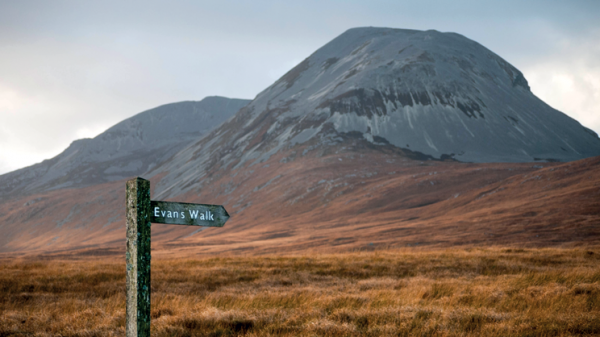
50 walking and backpacking routes on The Hebrides
The Hebrides by Season
Early Spring & Autumn
Weather
In early Spring and Autumn you are more likely to benefit from mild weather, although rain can be a feature – and rain results in wet, boggy ground. There is a reasonable amount of daylight to be getting on with.
Flora & Fauna
Another important advantage gained by visiting in these seasons is that in early Spring the bracken has not yet sprung up and in the Autumn it dies back. Bracken forms a serious natural obstacle in some areas on many of the islands and is often occupied by many deer ticks. Furthermore, midges and horseflies don’t generally appear until mid-Spring and disappear again in Autumn.
Visitors
There are fewer visitors at these times of year than in Summer.
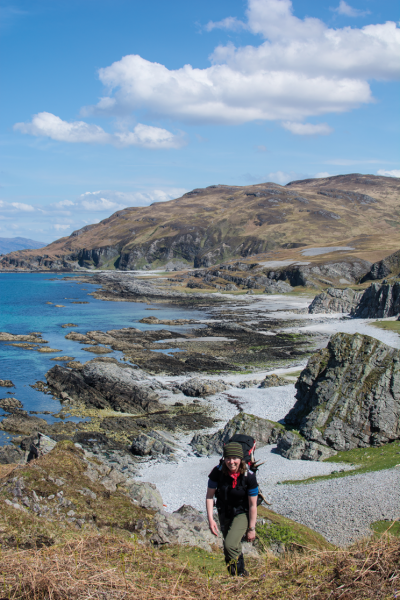
Late spring and summer - busy and bitey but beautiful
Late Spring & Summer
Weather
In late Spring and Summer the ground is generally less boggy and the Hebrides are blossoming, vibrant and beautiful. However, in hot weather, walking over the difficult terrain often encountered in the Hebrides can be gruelling, especially when backpacking.
Flora & Fauna
You will have to contend with bracken, ticks, midges and horseflies.
Visitors
On several islands, including Skye, Mull and Harris, there is a trade-off between the risk of fine weather breaking out and significant visitor numbers. If you’re after getting away from it all it’s probably best to avoid the visitor ‘hotspots’ during the high season. You’re far less likely to have the place to yourself.
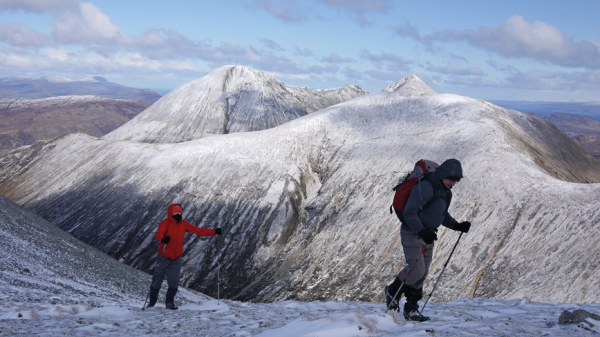
Winter in the Hebrides
Winter
Winter can be a fantastic time for walking in the Hebrides, but this depends to some extent on the type of walking you aim to do and also how experienced you are. You must go properly equipped for the conditions. Short winter days are an important factor to consider and ferry cancellations are also common in the winter months.
Weather
The temperate maritime climate means that conditions can change quickly. Stormy weather can be a factor and you will also be vulnerable to the elements when walking in coastal areas.
It can also be surprisingly mild in winter, thanks to the Gulf Stream, although the terrain can be very boggy in places, with December and January being the wettest months on most of the islands.
It is doubly important to check the weather, let others know your planned route, allow plenty of time to complete your walk in daylight and be properly equipped before setting out.
Flora & Fauna
Deer ticks are an ever present issue year round, but during the Winter months are less of a problem than Summer.
Visitors
You’re much more likely to have the place to yourself in winter.
A quick note on deer stalking:
On the Hebridean islands where deer are culled it is advisable to contact the estates where you will be walking during the deer stalking season, both for your own safety and as a matter of courtesy.
Deer stalking season runs from 1 July until 15 February.
Contact numbers for the relevant estates are included in the guidebook.
To read more articles like this get our newsletter
Sign up for 20% off your next purchase and to be the first to hear about exclusive competitions, special offers, and news from Cicerone.








